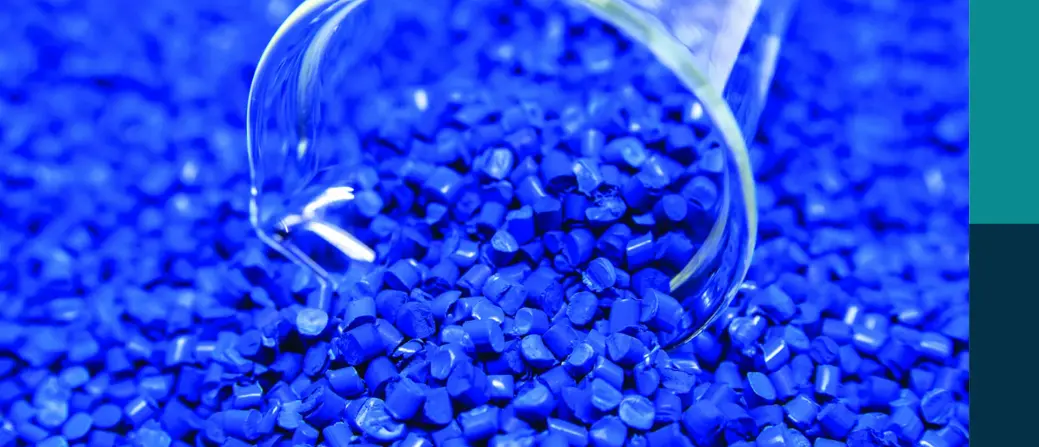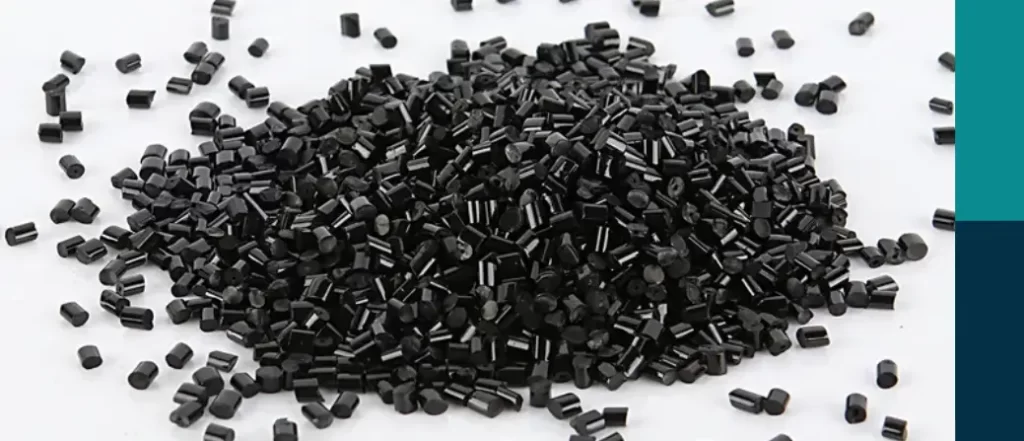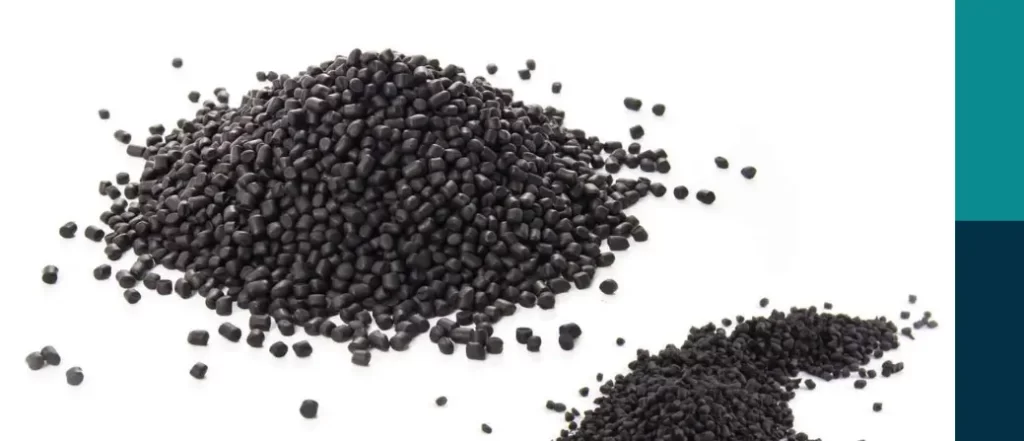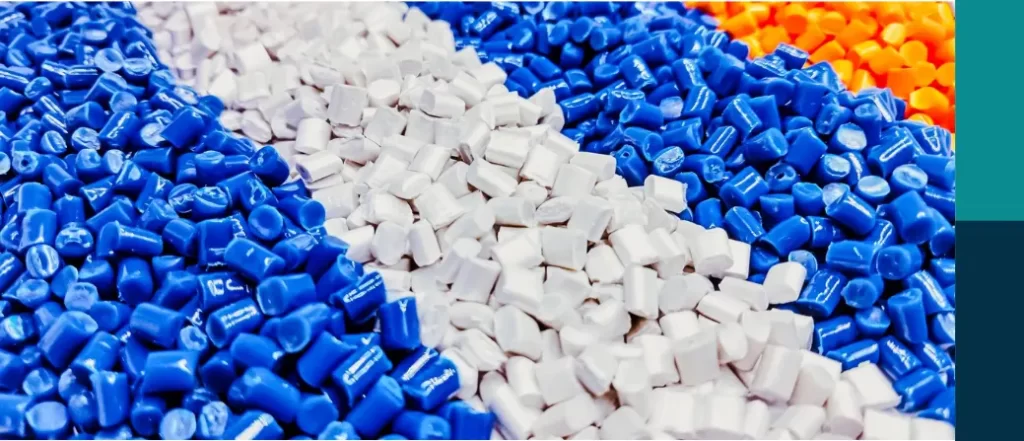Table of Contents
Masterbatch blue is a specialized additive widely used in the plastics industry to introduce a vibrant blue color to various plastic products. By embedding high concentrations of blue pigment within a carrier resin, masterbatch blue provides plastics with consistent, long-lasting color.
Unlike liquid or powdered colorants, which may disperse unevenly, masterbatch blue offers superior color consistency, heat resistance, and ease of use, making it the preferred choice for manufacturers across multiple sectors.
In this article, we’ll explore the composition, applications, benefits, and recent innovations in blue masterbatch technology.
What is Masterbatch Blue?
Masterbatch blue one of color masterbatch is a concentrated mixture of blue pigments combined with a base polymer, known as the carrier resin.
The carrier resin in the masterbatch is selected based on compatibility with the target polymer to ensure the color disperses effectively within the finished product. The primary components of masterbatch blue are:
- Pigments: Blue pigments are selected for their vibrancy, durability, and lightfastness, ensuring the color remains strong even under prolonged exposure to light and temperature changes.
- Carrier Resin: Typically, the carrier resin is either the same polymer or compatible with the material to be colored. Polyethylene, polypropylene, or polystyrene are common choices, as these resins allow for seamless blending during the extrusion or molding process.
- Additives: In some cases, additional additives may be included to enhance the masterbatch’s performance. These may include stabilizers, UV inhibitors, or processing aids, depending on the end-use application.
Manufacturing Process of Blue Masterbatch
The production of masterbatch blue involves several precise steps to ensure color consistency and quality in the final product. The general steps include:
- Pigment Preparation: High-quality blue pigments are processed to achieve the desired particle size, which is crucial for consistent dispersion. The pigment may be ground or milled to eliminate any coarse particles that could result in uneven coloring.
- Compounding: The pigments are mixed with the carrier resin in high-shear mixers or twin-screw extruders, which ensure thorough dispersion. This step is vital, as even the slightest inconsistency in pigment distribution can affect the appearance and durability of the colored product.
- Pelletizing: After compounding, the mixture is extruded into thin strands and cut into small, uniform pellets. These pellets, now the masterbatch, are ready for use in further manufacturing processes.
- Quality Control: Each batch of masterbatch blue undergoes rigorous quality checks to ensure it meets industry standards for color consistency, particle distribution, and overall quality.
Types of Blue Pigments Used
Different types of pigments are used depending on the desired shade, properties, and cost-effectiveness:
- Phthalocyanine Blue (PB15): One of the most widely used pigments, phthalocyanine blue provides a bright, intense color with excellent heat stability and resistance to fading.
- Ultramarine Blue: Known for its vivid, deep hue, ultramarine blue is often used in applications requiring a rich color. However, it has lower stability in acidic environments compared to phthalocyanine.
- Cobalt Blue: Though less common due to cost, cobalt blue offers exceptional stability and unique color properties, making it ideal for specialized applications.
- Organic and Inorganic Blends: For certain applications, organic and inorganic pigments are blended to achieve unique color properties and enhanced performance characteristics, such as improved UV resistance.
Applications of Masterbatch Blue
Masterbatch blue (color masterbatch) has versatile applications across a range of industries, offering an effective solution for adding color and meeting aesthetic and functional requirements. Some key applications include:
- Packaging Industry: Blue masterbatch is commonly used in packaging materials, such as bottles, caps, and containers, where visual appeal and brand recognition are essential. It offers a vibrant, clean look while ensuring that the color remains consistent across production batches.
- Textile and Fiber Industries: Blue masterbatch is used in the manufacture of colored fibers and textiles, especially for fabrics that need to resist fading and maintain colorfastness over time.
- Agricultural Products: In agricultural films, blue masterbatch can be added to provide color differentiation or to enhance UV protection, extending the life of the plastic under harsh sunlight conditions.
- Automotive and Construction Materials: Blue masterbatch is also used in automotive components and construction materials, such as pipes, panels, and fittings, where long-lasting color is required for visual and functional purposes.
- Consumer Goods: Many everyday items, from household containers to children’s toys, benefit from masterbatch blue for aesthetic appeal. The masterbatch offers safety for food-grade and toy applications due to its stable, non-toxic pigments.
Benefits of Using Masterbatch Blue
- Cost Efficiency: Masterbatch blue is a cost-effective way to color plastics compared to other forms of colorants. The concentrated pigment allows manufacturers to achieve the desired color intensity with a smaller quantity, reducing material costs.
- Ease of Use: Unlike powdered or liquid colorants, masterbatch blue is supplied in pellet form, which is easy to handle and minimizes mess in manufacturing environments. This format also allows for precise dosing, ensuring color consistency across large production runs.
- Color Consistency: Because the pigment is pre-dispersed within the carrier resin, masterbatch blue offers superior color consistency compared to liquid or powder options. This results in high-quality, uniformly colored products.
- Enhanced Stability: The pigments in masterbatch blue are selected for their stability under heat, light, and weather conditions, ensuring the color remains vibrant over time and under various environmental conditions.
Improved Processability: Masterbatch blue can enhance the processability of certain plastics by reducing shrinkage, increasing flow, and improving dimensional stability. This can result in better surface finish and smoother mold filling during injection molding.
Recent Trends in Blue Masterbatch Technology
With growing industry demands for high-performance and sustainable solutions, masterbatch technology has evolved significantly. Some of the notable trends include:
- Bio-Based Masterbatches: Manufacturers are developing bio-based masterbatch blue options compatible with biodegradable and bio-based resins. This helps reduce the environmental footprint of plastic products without compromising on color quality.
- Enhanced UV Resistance: Advances in UV-resistant additives within blue masterbatch formulations help maintain color in applications exposed to direct sunlight for extended periods. This has been particularly valuable in agricultural and outdoor construction applications.
- Nano-Pigments for Improved Performance: The use of nano-scale pigments in masterbatch blue enhances dispersion, resulting in more vivid colors and improved durability. Nano-pigments also provide better opacity, allowing for thinner and lighter materials with the same vibrant color.
- Recycled Content Masterbatch: To support the circular economy, some companies now offer masterbatch blue options that are compatible with recycled resins. This helps close the loop by allowing colored recycled materials to meet the same performance and aesthetic standards as virgin plastics.
Customization Options: Manufacturers increasingly offer customized blue masterbatch solutions tailored to specific customer requirements, including unique shades, improved durability, and specialized functionality, such as flame retardancy or anti-static properties.
Challenges in Using Blue Masterbatch
Despite its advantages, using masterbatch blue can present certain challenges:
- Compatibility with Base Resin: Ensuring compatibility between the carrier resin and the base plastic is crucial for effective color dispersion. Incompatible resins can result in poor blending and color inconsistency.
- Cost of High-Quality Pigments: Some high-performance pigments, such as cobalt blue, can be expensive, affecting the overall cost of the masterbatch.
- Potential Equipment Wear: High pigment loading can increase wear on manufacturing equipment, particularly in high-shear environments like extrusion. This may require additional maintenance to ensure machinery longevity.
Masterbatch blue is an essential tool for the plastics industry, delivering vibrant, long-lasting color with added functional benefits. Its versatility and cost-effectiveness make it a preferred choice across sectors, from packaging to automotive. With innovations like bio-based options, enhanced UV resistance, and nano-pigment technology, blue masterbatch is poised to meet the evolving demands of modern plastic manufacturing. As sustainability becomes increasingly important, the industry is likely to see further developments in eco-friendly and recycled-content masterbatch solutions, ensuring that blue masterbatch remains both a practical and environmentally responsible choice for the years to come.




